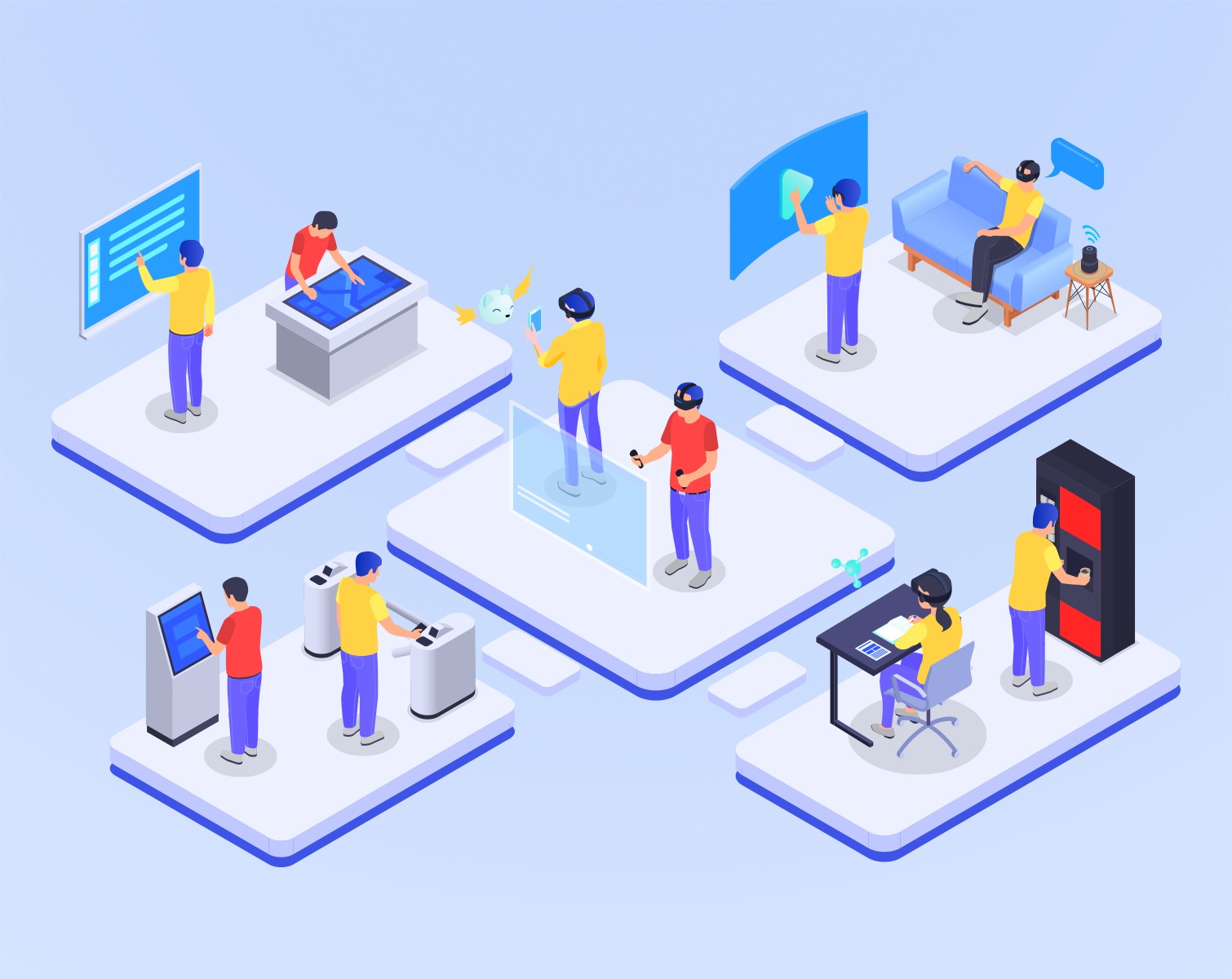Communication and tech companies are already planning for 6G wireless networks, even though 5G has yet to be fully rolled out globally. With improved data latency, security, reliability, and the ability to process massive volumes of global data in real time, experts like Qin believe 6G is set to transform our leisure and work. Among the new use cases for 6G networks envisioned by Vivo are mixed reality, holographic and multi-sensory communication, interactive 3D virtual digital humans, collaborative robots, and automated driving.

AI boost for next-gen networks
There are expectations for 6G to be deployed by 2030. The UN’s telecoms agency, International Telecommunication Union (ITU), has stated it plans to finish the initial 6G standardization process no later than the year 2030.
Optimized by AI technologies, experts expect 6G to have a bigger impact than 5G for two reasons. One, because it will enable the convergence of computing and mobile communications. Two, because it will integrate digital and physical realms and introduce new sensory experiences for users.
Qin says that “6G will provide super communication and ubiquitous information, and converge computing services, thus being the base for an interconnected and converged physical and digital world.” Capgemini agrees—predicting that 6G networks will enable immersive, ubiquitous, and sensory digital experiences on a massive scale. This will make it possible for 6G applications to “sense” their surroundings, and thereby turn the network into “our sixth sense”, according to a report by the consultancy.
All about convergence: AI and communication
As each generation of wireless networks becomes increasingly complex, they rely on other technologies to harness their power and make them easier to run. 6G is expected to be one of the first AI-native networks, where AI is embedded in the networking equipment. This will enable the network to learn and manage itself, be more autonomous, and make it cheaper to run.
“When we are designing the 6G network, we’re going to use AI technology in designing the air interface and also in managing the 6G network,” says Qin. Machine learning and AI-based network automation will be crucial to simplify network management and optimization. “The 6G network with AI inside is like a very good student,” he adds. “The 6G network will self-train, self-learn, and it will actually grow as a student to become more and more powerful.”
The 6G disruption
Although 6G standards and specifications are still under development, experts agree that it will be a leapfrog technology, thanks to its higher speed (estimates vary, but 6G could be between 10 times, 50 times, to 100 times faster than 5G) and significantly reduced latency; improved connectivity, security, and reliability; and an ability to integrate digital and physical versions of the world.
“For 5G, it’s mainly a communication technology—that’s its core,” says Qin. “But for 6G, besides enhanced communications technology, it also includes computing, as well as other relevant services.” Another benefit is wider geographical coverage than 5G— 6G will cover the whole planet and connect all kinds of machines, he adds.
